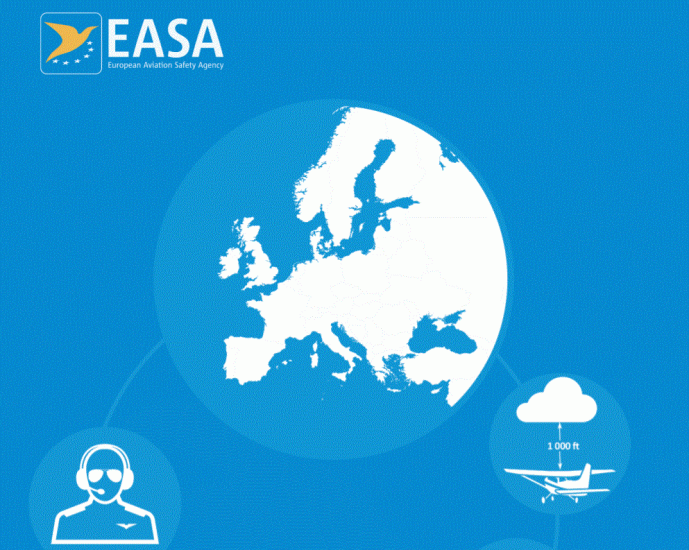The European Aviation Safety Agency (EASA) has published guidelines on Noise Measurement of Unmanned Aircraft Systems (UAS) lighter than 600 kg operating in the Specific Category (Low and Medium Risk).
The guidelines can be used by UAS manufacturers, operators or noise measurement organisations, on a voluntary basis, to establish noise levels associated to particular designs and operations. EASA recommends that the resulting noise levels be reported to the agency, which intends to build an online public repository. They provide a consistent method for measuring the noise of Unmanned Aircraft (UA) with an MTOM of up to 600 kg.
This method can be applied on various UA designs (multicopters, fixed-wing aircraft, helicopters, powered-lift aircraft and more) and caters for two procedures: a level-flight measurement, and for designs allowing a stationary flight, a hover flight measurement.
The method is the outcome of several years of UA noise studies conducted by the Agency, with consideration for practical aspects as well as human perception of UA noise (psychoacoustics).
Regulation (EU) 2019/945 includes noise requirements through the CE marking for a limited number of UAS operations (for the ‘open’ category and for the ‘specific’ category for operations complying with a standard scenario). For operations in the ‘specific’ category, an operational authorization issued by the competent authority is required, unless the operation is covered by a standard scenario.
Access the guidelines here
For more information visit:
www.easa.europa.eu




